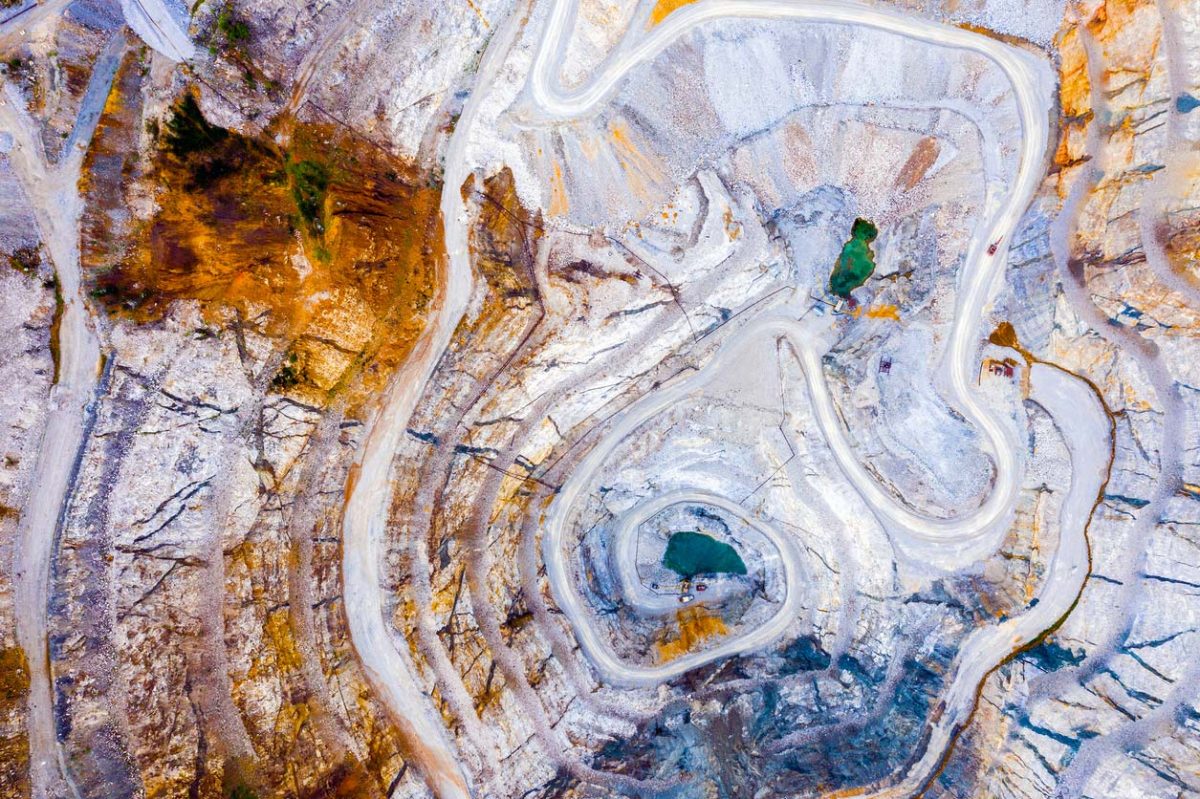The International Energy Agency released its first report on critical minerals for the transformation to climate neutrality.
Strong growth in demand and high prices have pushed the market volume for minerals needed for the energy transition to $320 billion over the past five years. This is a twofold increase, the International Energy Agency (IEA) said in its first annual report on the sector. Among the commodities the agency considers essential to the transformation to climate neutrality are copper, battery metals such as lithium, nickel, or cobalt, and the rare earths group. While some of these used to play only a secondary role in the mining industry, they are now moving into the spotlight. Investments in the sector have increased accordingly.
Meanwhile, limited progress has been made in diversifying supply chains in recent years, and in some cases, the security of supply has even deteriorated, the agency said. Established market players such as China account for the majority of new mining projects. The country is investing heavily abroad to secure access to resources. This applies to mining, but also to processing, which China dominates by a considerable margin in some cases, with the exception of nickel – here it is Indonesia. In the processing of rare earths, for example, its share is 90 percent.
In its projections of demand for critical minerals for sustainable technologies, the IEA expects demand for neodymium, a member of the rare earths group, to increase from 3.94 kilotons (kt) in 2022 to as much as 48.73 kt in 2050 coming from the e-car industry. It would not only catch up with the wind industry in the coming years but become the most important driver of neodymium demand. Nevertheless, the industry, which had a demand for 6.67 kt of neodymium last year, could also demand significantly more of this rare earth metal by 2050, reaching 16.48 kt.
Hydrogen technologies are also expected to lead to a dramatic increase in the consumption of platinum group metals. The agency forecasts a very strong increase for the technology metal gallium in the solar industry. From currently about 0.01 kt, an increase to 5.13 kt is possible from this sector in 2050.
The IEA’s projections are based on three different scenarios, each outlining different technological and policy developments.
The full report can be found here.
Photo: iStock/ArtEvent ET


